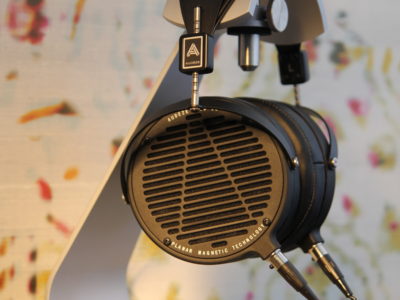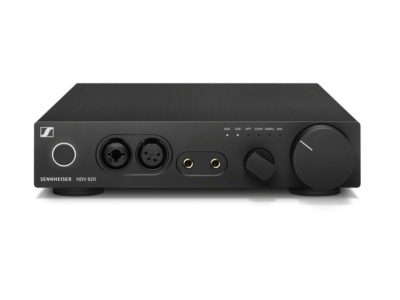Description
What Audioquest says:
The Problem: All computing devices—laptops, smartphones, Network Attached Storage devices (NAS drives), media servers, etc.—inherently generate a significant amount of noise and parasitic resonances. Additionally, computers contribute a considerable amount of RFI and EMI pollution onto the signal paths—all of which can easily find its way onto your USB cables and into your audio system. This noise and interference has many negative effects. Noise-compromised digital circuitry increases jitter and packet errors, resulting in distortion that causes a comparatively flat and irritating sound. Noise-compromised analog circuitry also damages the sound’s depth, warmth and resolution.
The Solution: JitterBug’s dual-circuitry measurably reduces unwanted noise currents and parasitic resonances. It also reduces jitter and packet errors (in some cases, packet errors are completely eliminated).
The Result: Clearer and more compelling sound, music, dialog, etc. A better audio experience.
Important Note
- While JitterBug is designed to work with Low, Full, and High-Speed USB, it’s optimized for audio devices, which are built to work at Full and High-Speed. Most of today’s computers have USB 3.0 SuperSpeed ports, which have two interfaces built in—a Low, Full, and High-Speed set of pins, as well as four more pins that make up the SuperSpeed portion of USB 3.0. Therefore, the JitterBug can be inserted into any available USB port, including USB 3.0 ports of an audio device and USB ports of any device that works at Low, Full, and High-Speed USB.
- However, when partnering JitterBug with hard drives that use the USB 3.0 interface, performance will be decelerated to High-Speed USB. If you are using this type of hard drive to store your music library, then it would be best to forgo the JitterBug altogether so that the hard drive takes full advantage of the USB 3.0 speed.
- USB-C is a new connector format that includes up to two USB 3.0 ports and a Low, Full, and High-Speed USB port. Additionally, it includes power and alternates for the USB 3.0 interface, such as video and Thunderbolt. If you use a USB-C DragonTail, the JitterBug can plug into it and then into your USB DAC for optimal performance.





